The fastest today’s spacecraft would take 74,420 years to reach another solar system, but with antimatter propulsion could reach it in just 84 years.
The thruster is made up of a uranium and carbon ‘sail’ and antimatter and can travel at 13,800 km/sec, or 5% of speed of light.
Dr. Gerald Jackson and team, are working in an interstellar mission and is looking to create an antimatter engine, capable of reaching 5%, or more of the speed of light. They have launched a Kickstarter campaign to fund this effort.
Illustration of the solar system and its nearby galactic neighborhood on a logarithmic scale extending (from < 1 to) 1 million AU. Credit NASA/JPL
“Previously funded by NASA, we are continuing the design and testing of an antimatter thruster capable of reaching 10% lightspeed.”
Antimatter has the highest specific energy of any source known to man. At nearly 10^17 J/kg, it is two orders of magnitude larger than fusion and ten orders of magnitude larger than chemical reactions. Although currently produced and stored in small quantities using Penning traps, antimatter must be stored in much higher densities to be applicable for interstellar missions. Currently, research is underway around the world to develop high-capacity storage of antimatter in smaller, lighter electrostatic traps or in the form of antihydrogen. However, even if proven successful, no propulsion system has been demonstrated that would efficiently convert the antimatter into usable thrust.
Fission is the process by which an atomic nucleus splits into two or more daughters, multiple neutrons, alpha particles, electrons, and gamma rays. Most of the energy released by fission is in the kinetic energy of two daughters. Invoking conservation of momentum, a nucleus at rest produces two daughters of equal momentum travelling in opposite directions. The kinetic energy of each daughter is approximately 1 MeV/amu (1 million electron volts in each proton and neutron).
Diagram showing Hbar’s concept for a antimatter-driven propulsion system. Credit: antimatterdrive.org
source Kickstarter

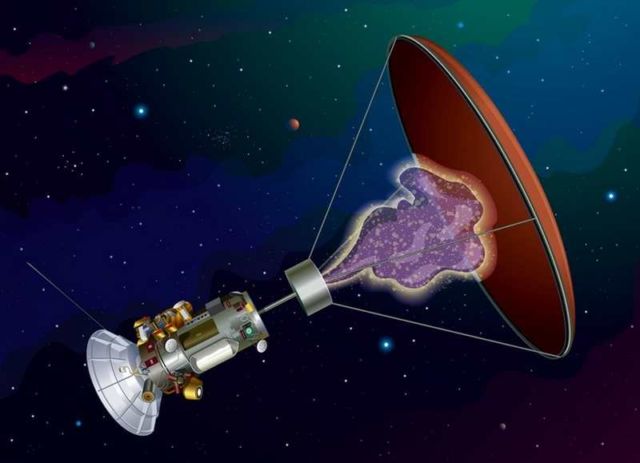
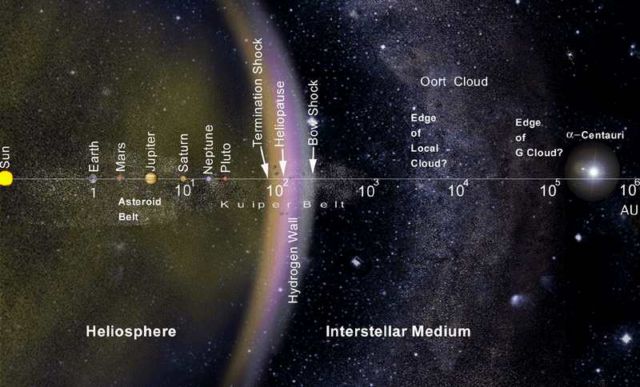
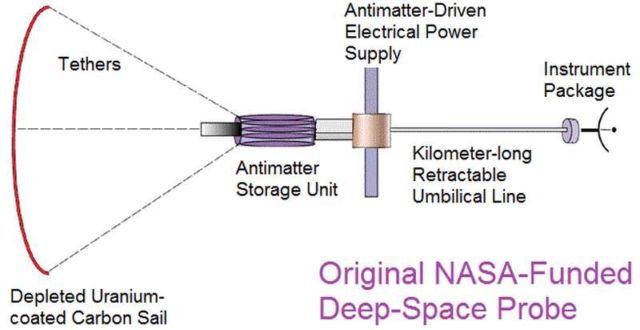

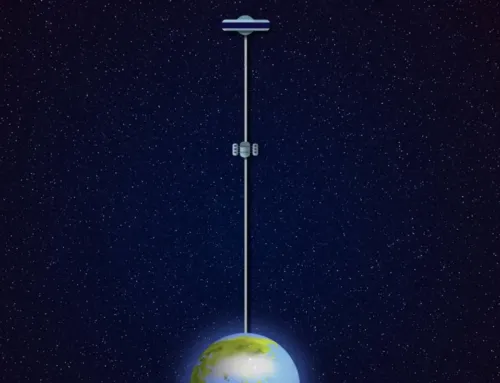
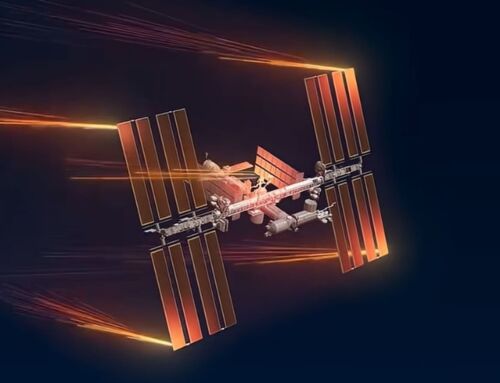
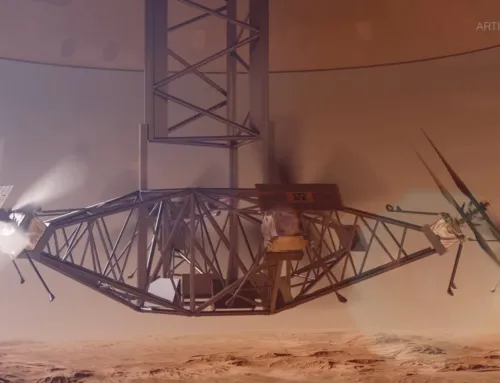
Leave A Comment